When picking out the perfect wine to pair with dinner, the usual options are red, white, or rosé – but what about green? Cannabis-infused wine, a.k.a. “cannawine,” has become increasingly popular over the past few years.
Unique from any other wine on the market, weed wine brings consumers all the flavor of the vine and the euphoric comfort of the cannabis plant, packed in one delicious glass (or two).
The Ancient History of Weed Wine
While the concept of weed wine seems new, the concoction has been around for centuries, dating back to the B.C. era in ancient Egypt. Cannabis-infused wine may have been created using different methods back then, but the expected outcome was the same: a relaxing, uplifting, and soothing experience.
Researchers are unsure whether cannawine was consumed in a medical or recreational manner, but both are surely plausible. As one of the original ways cannabis was consumed, cannabis-infused wine has a rich history that has evolved into today’s legal market.
Swapping Alcohol for Weed
While ancient cannabis wine was an infusion of alcohol and THC, modern cannawine is significantly less intense. Because of laws that work to prevent mixing the two in one product, most weed-infused wines on the market today are dealcoholized in the process, eliminating the chance of suffering a hangover the next day.
There is also CBD-infused wine or hemp-infused wine, which is both nonalcoholic and non-psychoactive – a relaxing and flavorful beverage. Because of its federal legality, CBD has dominated the market over the past few years, although states still have their own rules and regulations surrounding sales of the product.
While stripping alcohol from wine has resulted in diminished flavor in the past, the weed wines of today are dedicated to capturing the original essence of the drink, making it almost indistinguishable in taste from regular wine. Once the wine has been stripped, it is sent to a cannabis-infusion manufacturer for the next and final step.
Top Weed Wine Brands
As this method of ancient cannabis consumption continues to make its comeback, more and more brands are popping up on the market. Here are some of the top-rated cannawine brands we recommend trying out:
#1) Cannavines
One of the most esteemed cannabis-infused wines in the game, Cannavines is crafted in Napa Valley, California.
A robust wine with an elegant blend of terpenes and CBD, these wines come in red, white, or rosé – all skillfully infused with classic brands like Grand Daddy Purple, Headband, and Sour Diesel.
These wines are currently only available for purchase in California, but they plan on selling online soon.
#2) Rebel Coast
Formed in 2012, Rebel Coast started out as a traditional wine brand. Within a few years, the brand began to notice its potential within the cannabis industry and the decision was made to begin infusing.
The brand dipped its toes in the water in 2017 with the release of Rebel Coast’s cannabis-infused sauvignon blanc.
Since then, Rebel Coast has gone on to produce an expanded line of cannabis-infused beverages, from fruity seltzers to sparkling versions of their classic Sauvage and Pink Passion flavors.
#3) CBD Vines
Based in Texas, CBD Vines offers a line of CBD-infused wines, offering some benefits of the plant without the psychoactive effects.
Derived from hemp plants, these beverages boast a wealth of potential health benefits like a healthy heart, anti-aging properties, lower risk of cancer, and more.
Their two signature flavors are cabernet sauvignon and chardonnay – a.k.a., CaBD Sauy and CBDonay.
Cannawine Pairings
When it comes to cannawine, there are a lot of factors that go into finding the perfect combination of grapy flavor and terpene-y goodness.
Terpenes are the star of the cannabis plant, accounting for much of the strain’s flavor, color, texture, and effect.
If you’re interested in trying weed wine but unsure where to begin when it comes to taste, here are few helpful tips to keep in mind when browsing the market:
- Limonene and White. One of the terpenes most commonly found throughout the different cannabis strains, limonene is known for its citrusy aroma, like in Tangie or Lemon Haze. This terpene is recognized for its ability to boost mood and relieve stress. It is best paired with a nice chardonnay or sauvignon blanc. Pair this light and uplifting wine with some fish or a tart treat like lemon cake.
- Beta-Caryophyllene and Red. Another commonly-found terpene is caryophyllene, known for its warm and woodsy scent. This terpene is also found in hops or spices like cinnamon or black pepper. It’s known for its anti-anxiety, anti-inflammatory, antioxidant properties and is found in strains like Northern Lights or Girl Scout Cookies. This terpene goes best with a cabernet sauvignon or zinfandel and would work well with a steak dinner or a nice slice of pumpkin pie.
- Nerolidol and Rosé. Recognized for its light, lovely scent, nerolidol is often found in perfumes. It’s associated with tranquility and peace and appears in esteemed cannabis strains like Skywalker OG or Blue Dream. Nerolidol pairs well with something sweet like rosé, so make sure to either balance it out with a savory chicken dish, or amp up the sugary goodness with a slice of frosted carrot cake.
- Myrcene and Dark Red. Myrcene is the terpene most responsible for the “skunk” smell stereotypically associated with weed. Known for its anti-insomnia and relaxation properties, myrcene has a very earthy scent and can be found in strains like White Widow or Banana Kush. Pair this terpene with a heavy red like pinot noir or a full-bodied grenache. This wine would go great with a mushroom-based dish or other savory cuisine.
Safety Measures for Pairing Alcohol and Cannabis
Although most weed wines on the market are alcohol-free, there are still brands that combine alcohol with THC and/or CBD – not to mention the good old tried-and-true crossfade that comes from a nice glass of wine and a joint on the side.
No matter how you choose to pair these two substances, there are definitely some risks to watch out for. Here’s how to remain responsible while mixing cannabis and alcohol:
- Do not drive. Whether you’ve consumed alcohol, cannabis, or a mixture of the two, driving should be out of the question. Any sort of impairment, no matter how small, has the possibility to result in danger. If you know you’re going to be out and mixing substances, make sure to arrange a ride home for yourself that doesn’t involve you getting behind the wheel.
- Assume you’ve had an extra drink. Although both cannabis and alcohol have the ability to impair your judgment, alcohol has a significantly stronger and more dangerous effect than cannabis. Conversely, bringing weed into the mix might minimize the effects of alcohol, causing you to believe you are more sober than you actually are. Stay ahead of the situation by assuming you’ve had one or two more drinks than you’ve actually had.
- Watch out for dehydration. Between the dehydrating properties in alcohol and the cotton mouth that can go hand-in-hand with cannabis consumption, you run a pretty high risk of being thirstier than usual after consuming both substances at once. Pay attention to your body and make sure to drink as much water as you are alcohol – if not more.
- Pay attention to your mental health. One night of imbibing isn’t likely to have that drastic of an effect on your mental state, but making a regular habit of concurrent alcohol and cannabis consumption can eventually take a toll on your mental health, depending on the person. Alcohol is a known depressant, and while cannabis is mostly recognized for its health benefits, certain strains or an unusually high consumption amount can cause anxiety and/or paranoia in the user.
- You may experience reduced cognitive function. Both cannabis and alcohol are known for impairing your mental state, and this can temporarily affect your cognitive functioning. Combining both substances increases this risk, so make sure to go slow and know your limit.
Are you still missing out on The Bluntness newsletter? Sign Up today to stay in the loop.
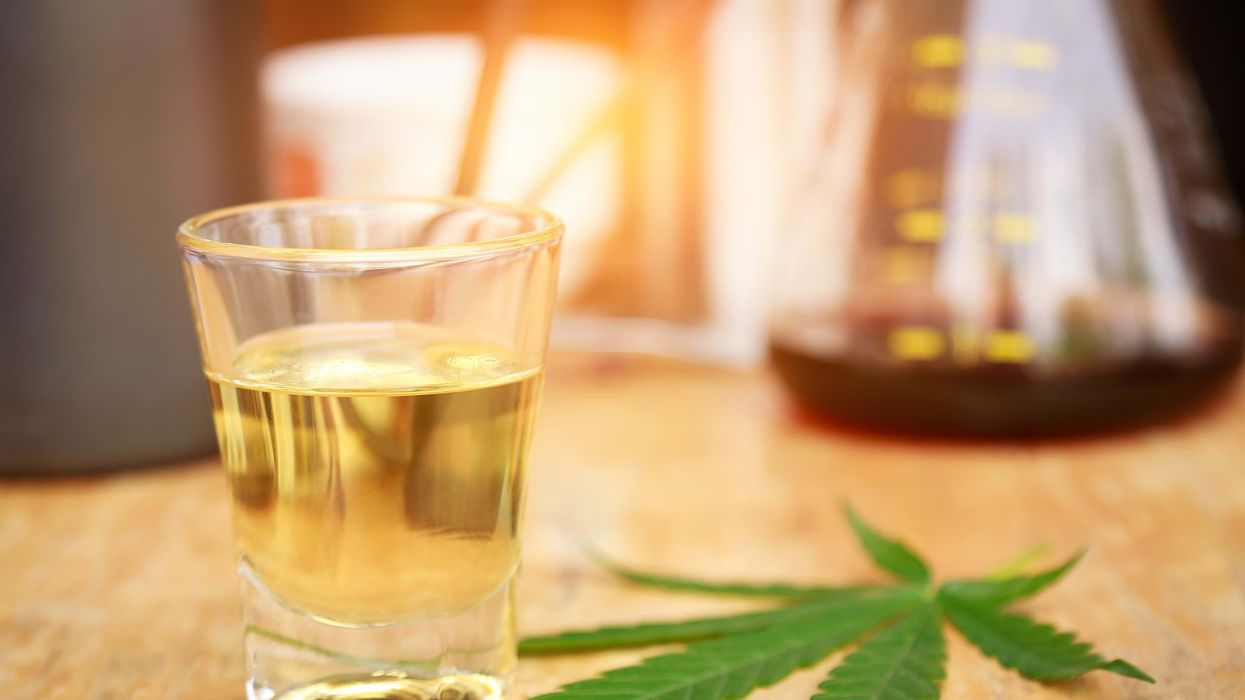


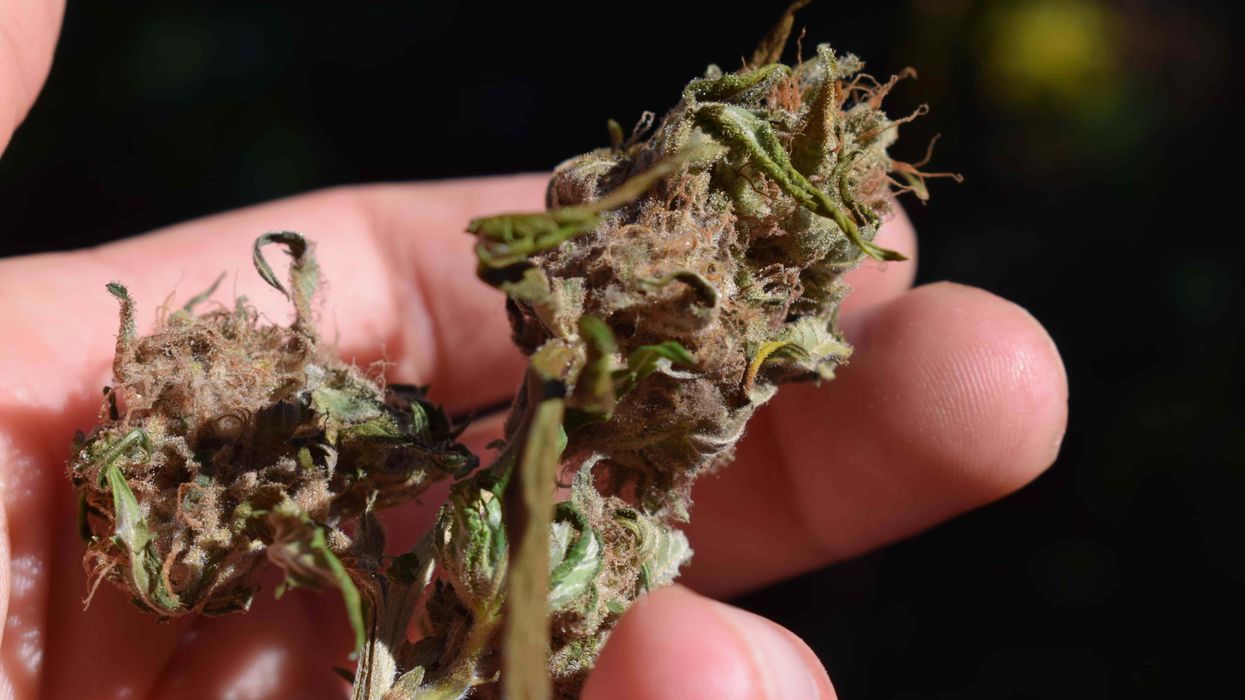

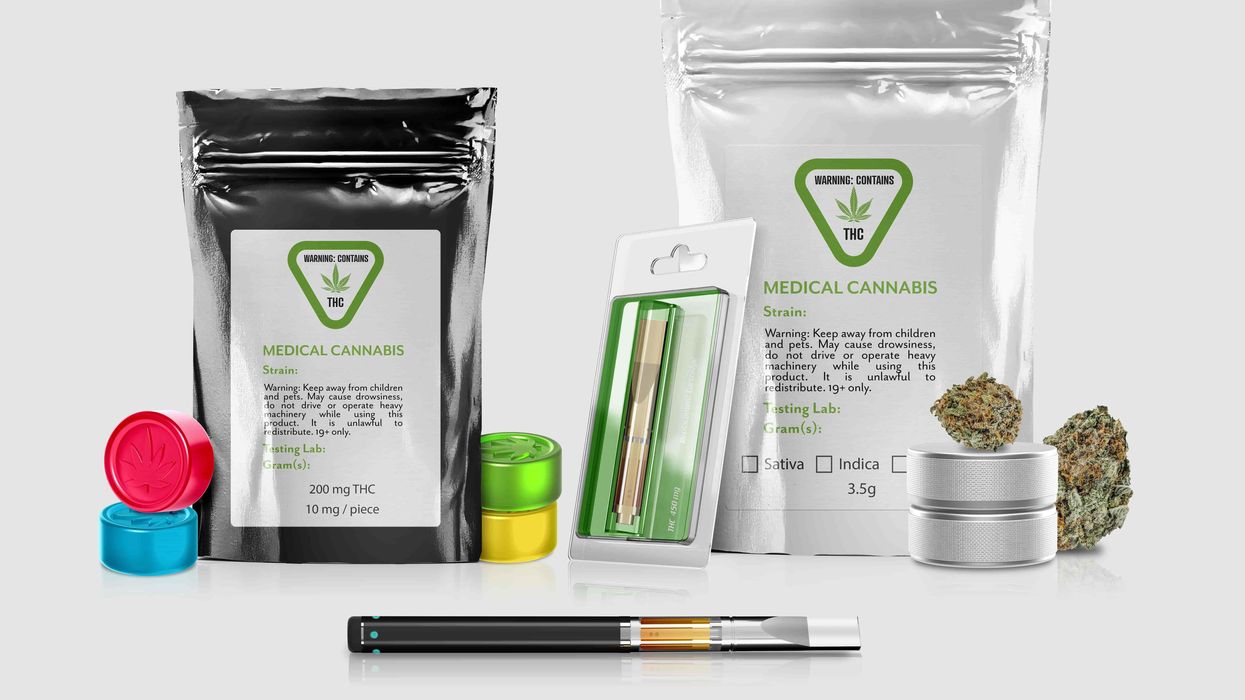

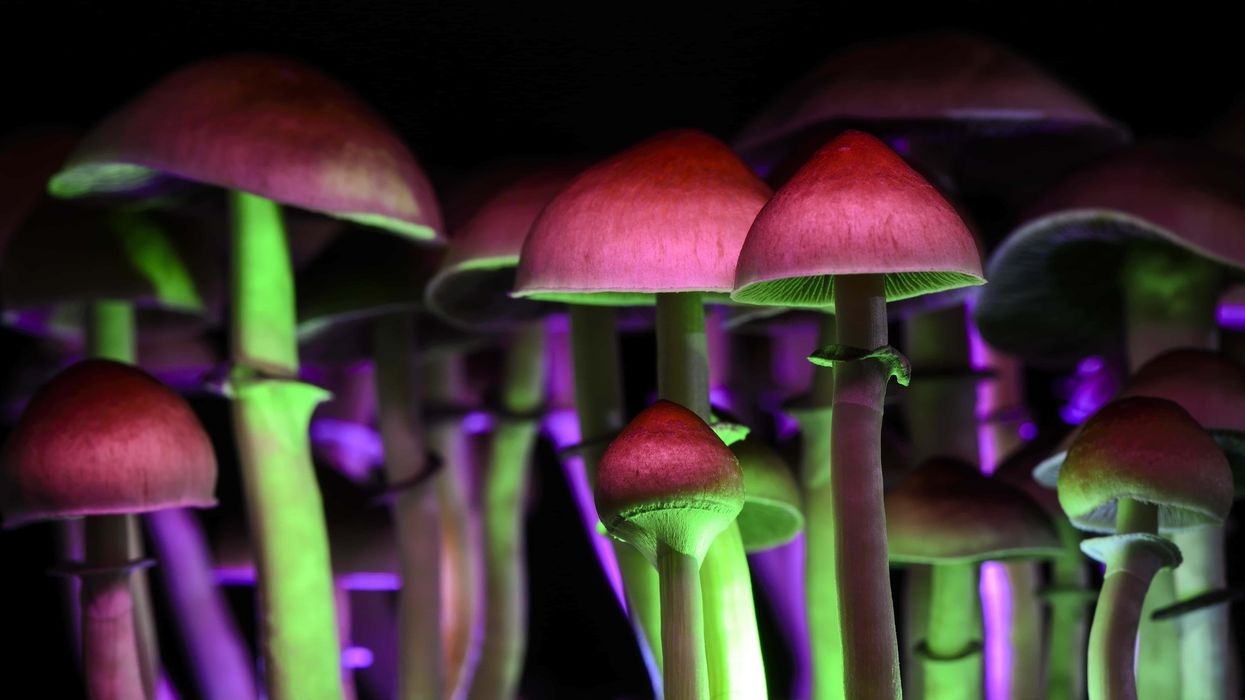


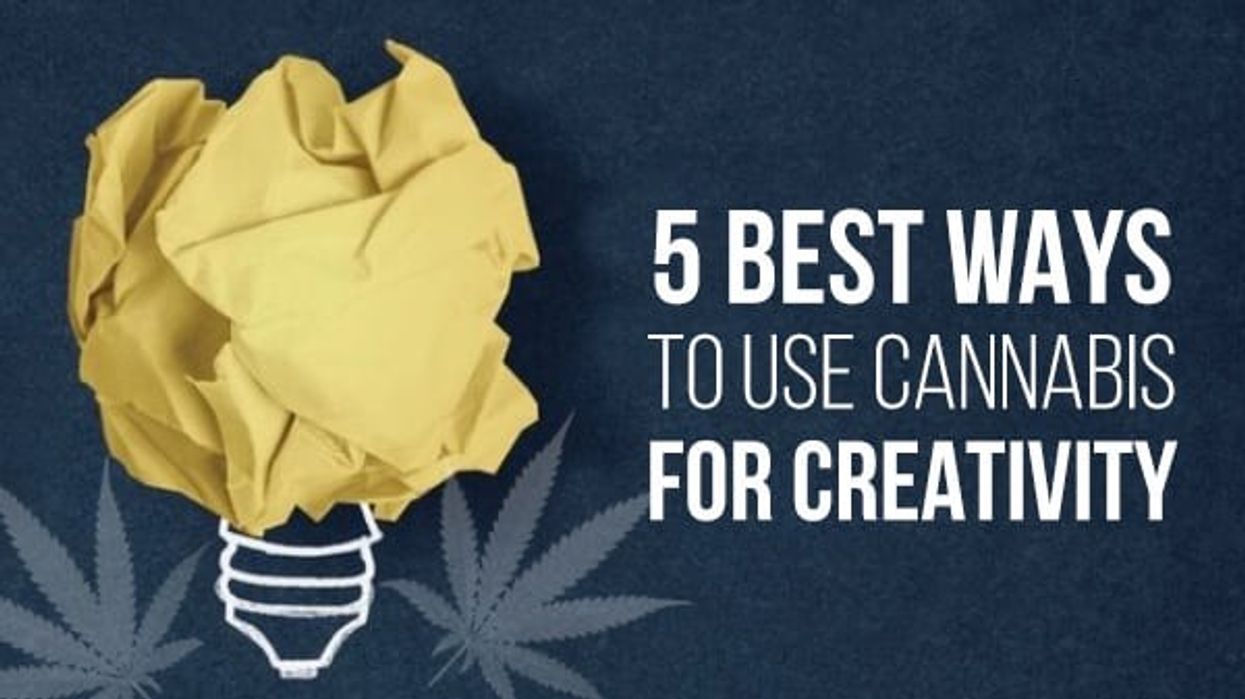

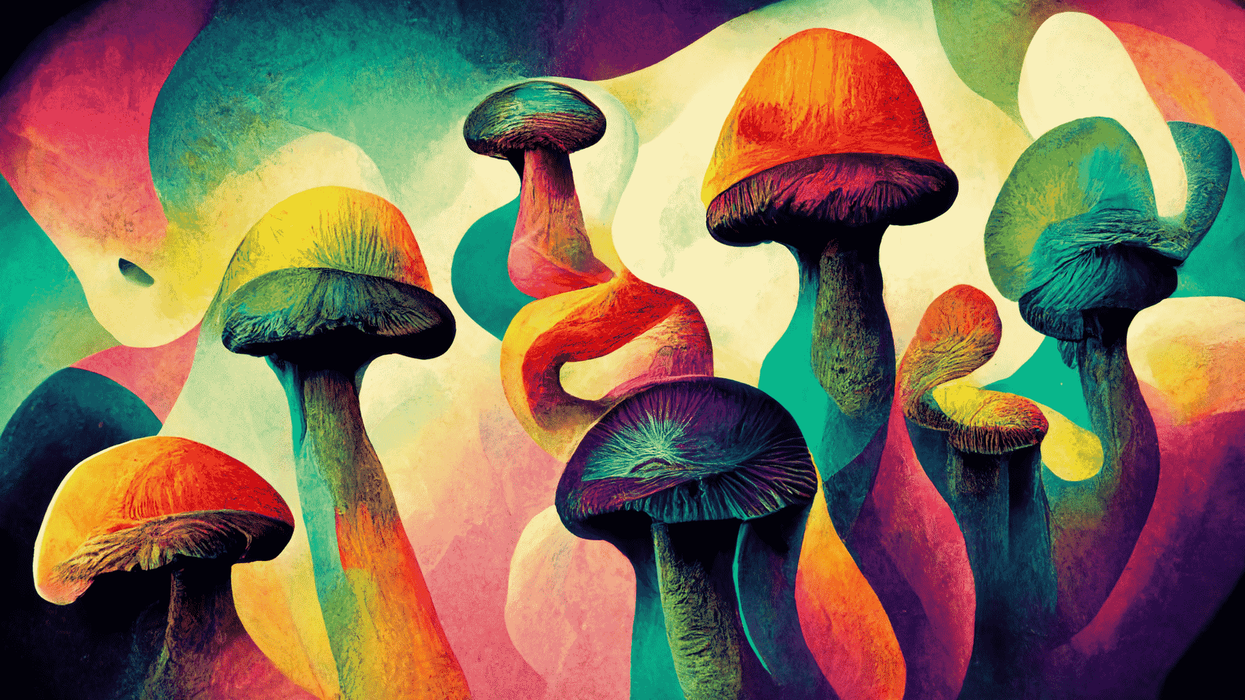

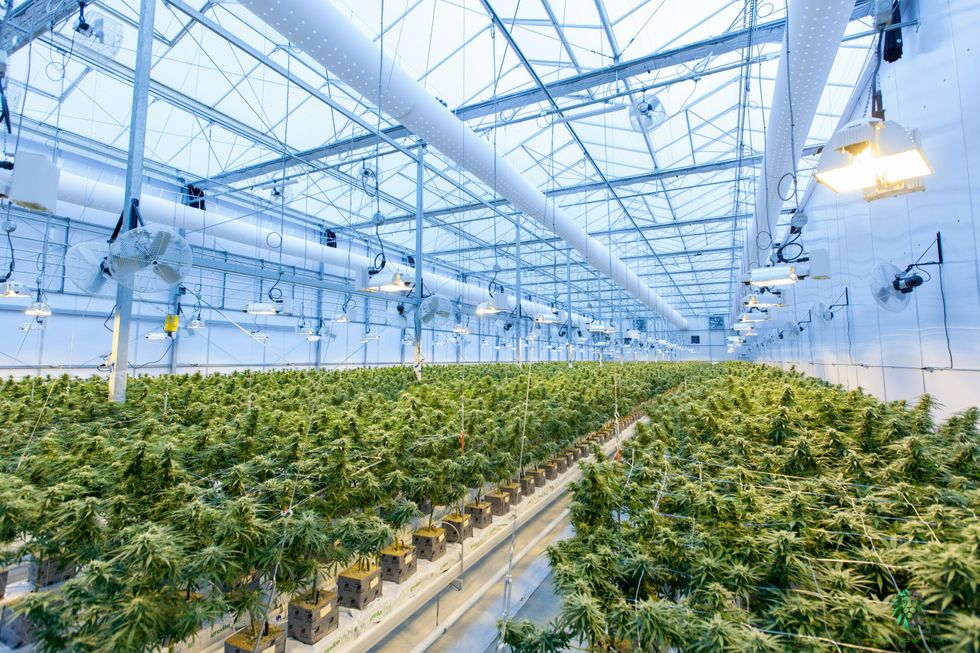 When it comes to pricing, cultivation methods matter - The Bluntness
Photo by
When it comes to pricing, cultivation methods matter - The Bluntness
Photo by 
 Can Drug Dogs Smell Edibles? - The Bluntness
Photo by
Can Drug Dogs Smell Edibles? - The Bluntness
Photo by 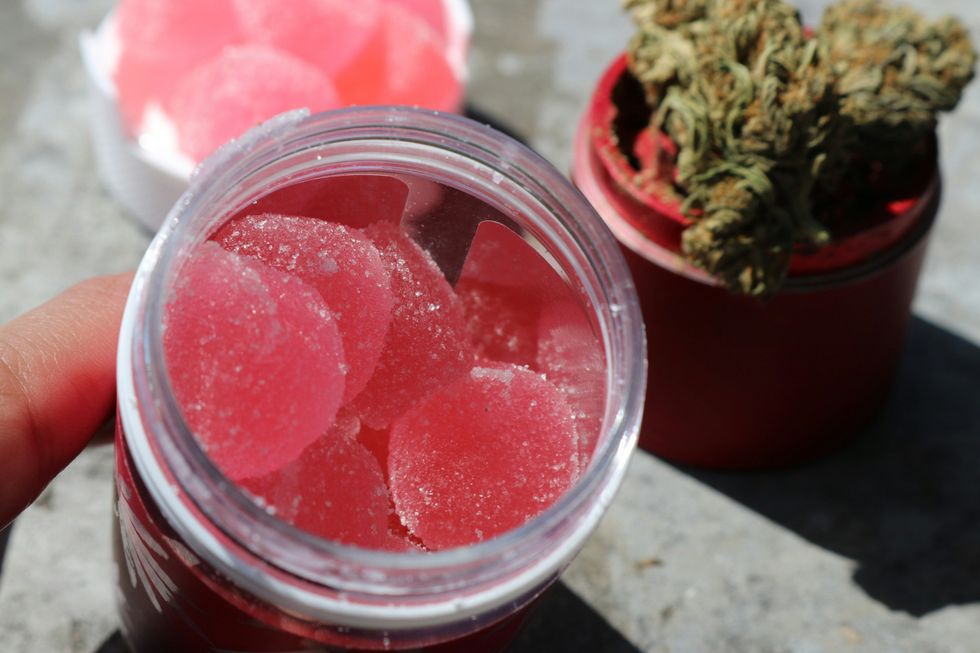 Can Drug Dogs Smell Edibles? - The Bluntness
Photo by
Can Drug Dogs Smell Edibles? - The Bluntness
Photo by 
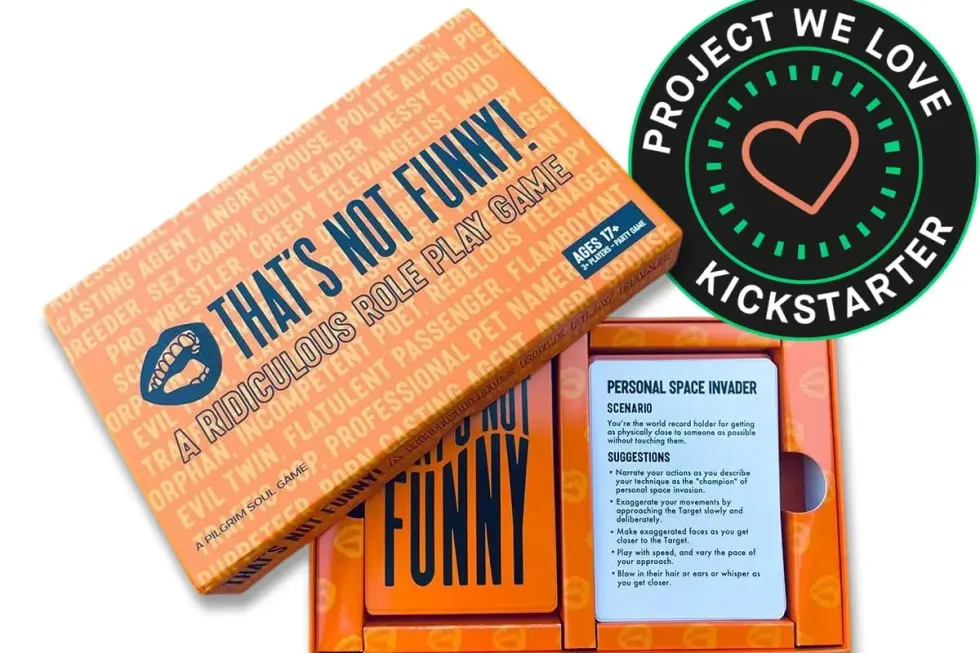
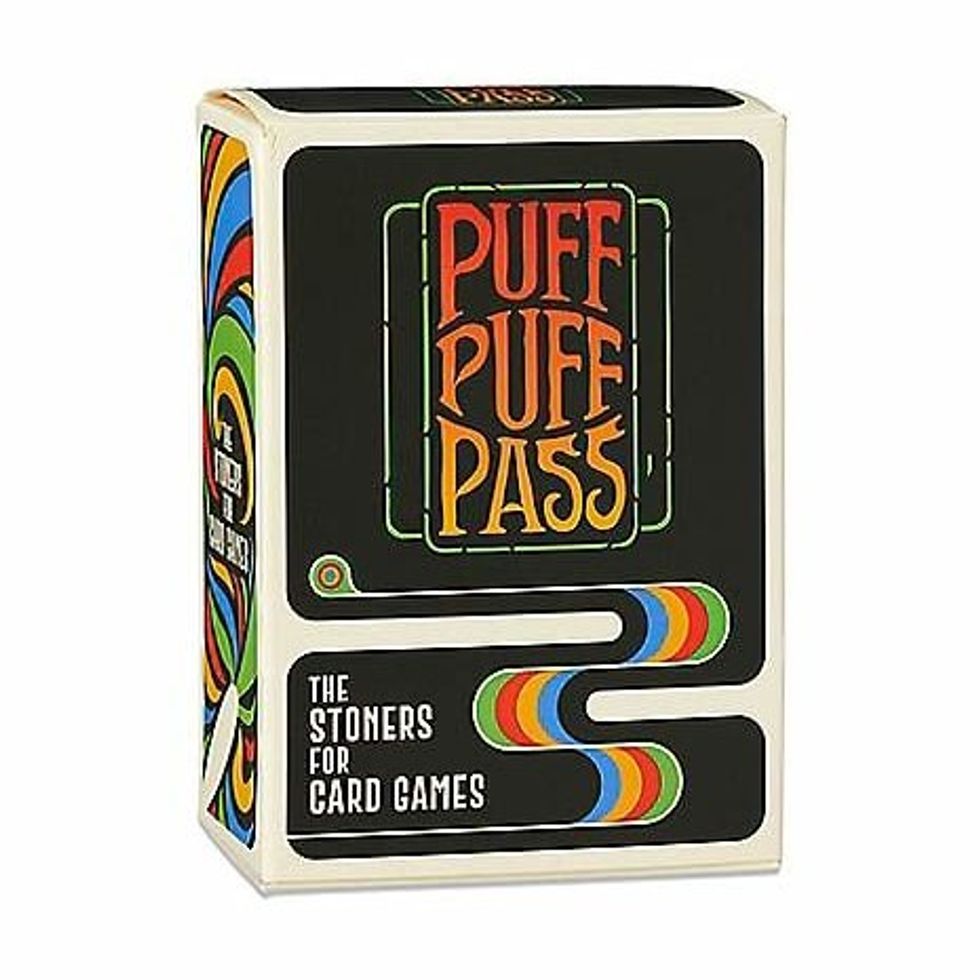
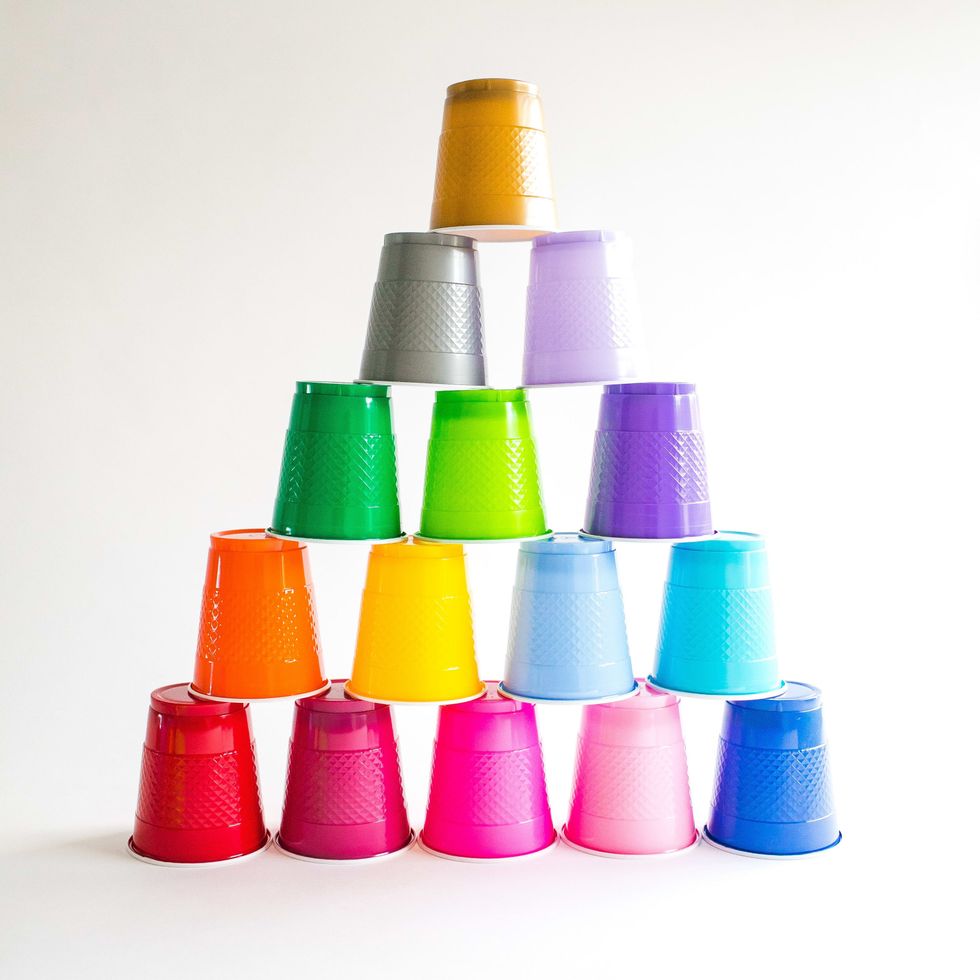
 Best Weed Smoking Games to Try - Jammin'
Best Weed Smoking Games to Try - Jammin'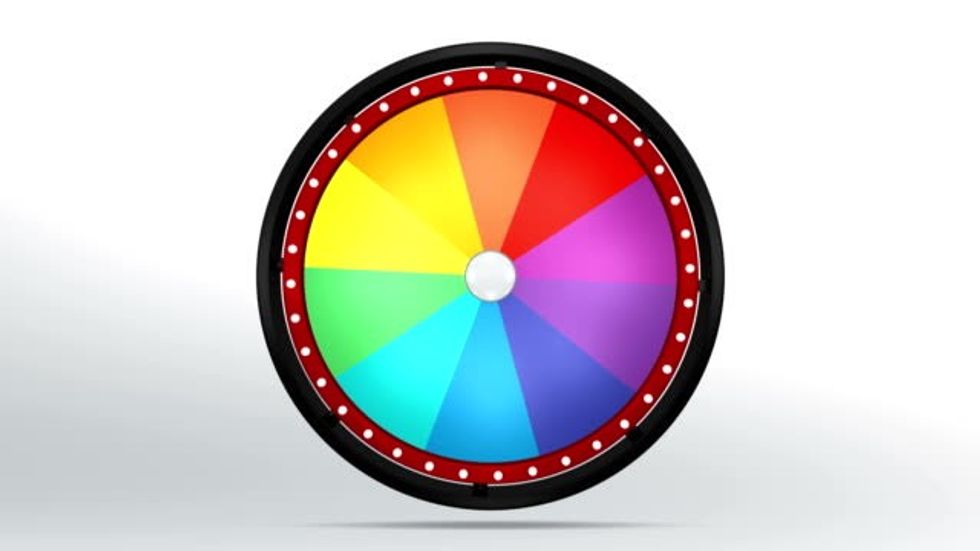 The 31 Best Weed Smoking Games To Try
The 31 Best Weed Smoking Games To Try The Best Weed Smoking Games
The Best Weed Smoking Games The Best Weed Smoking Games to Try
The Best Weed Smoking Games to Try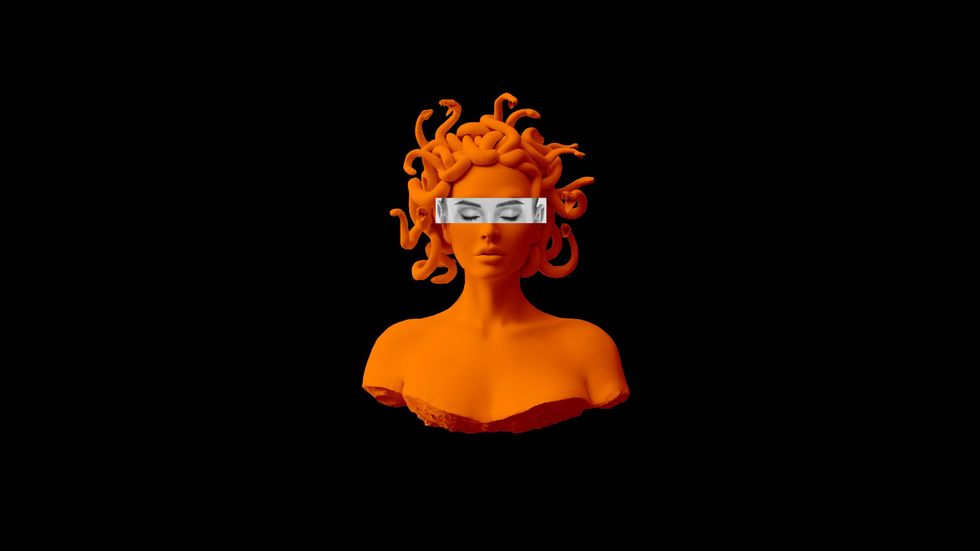
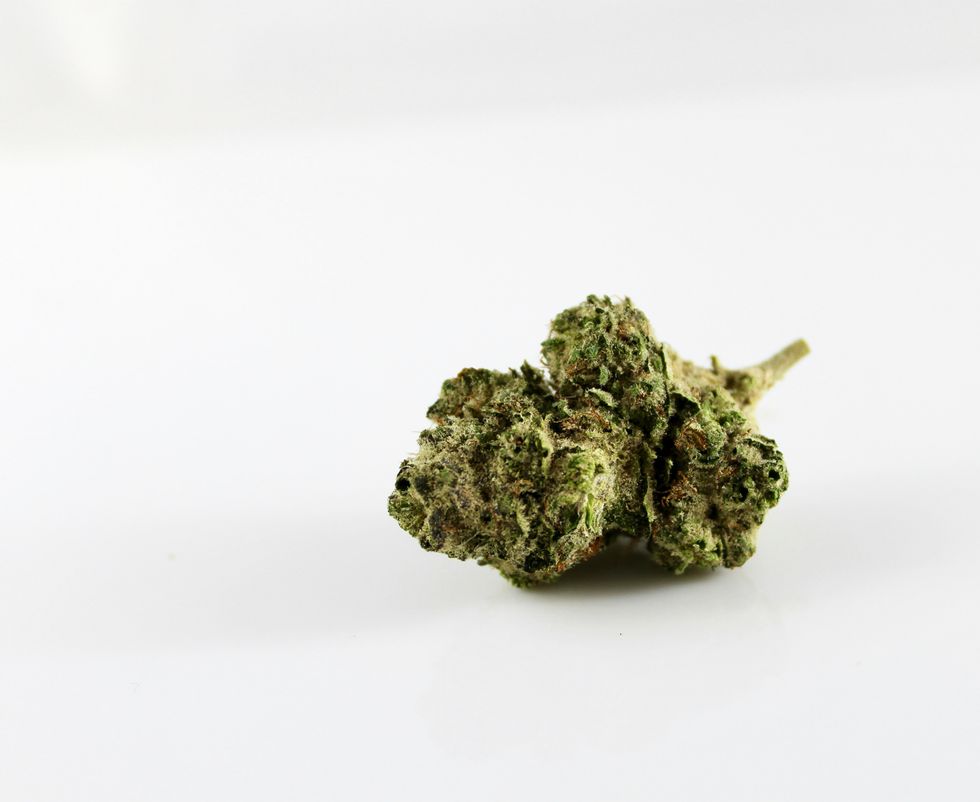
 Stoner Games - Games to Play While High
Stoner Games - Games to Play While High The Best Weed Smoking Games to Play
The Best Weed Smoking Games to Play The Best Weed Smoking Games to Try
The Best Weed Smoking Games to Try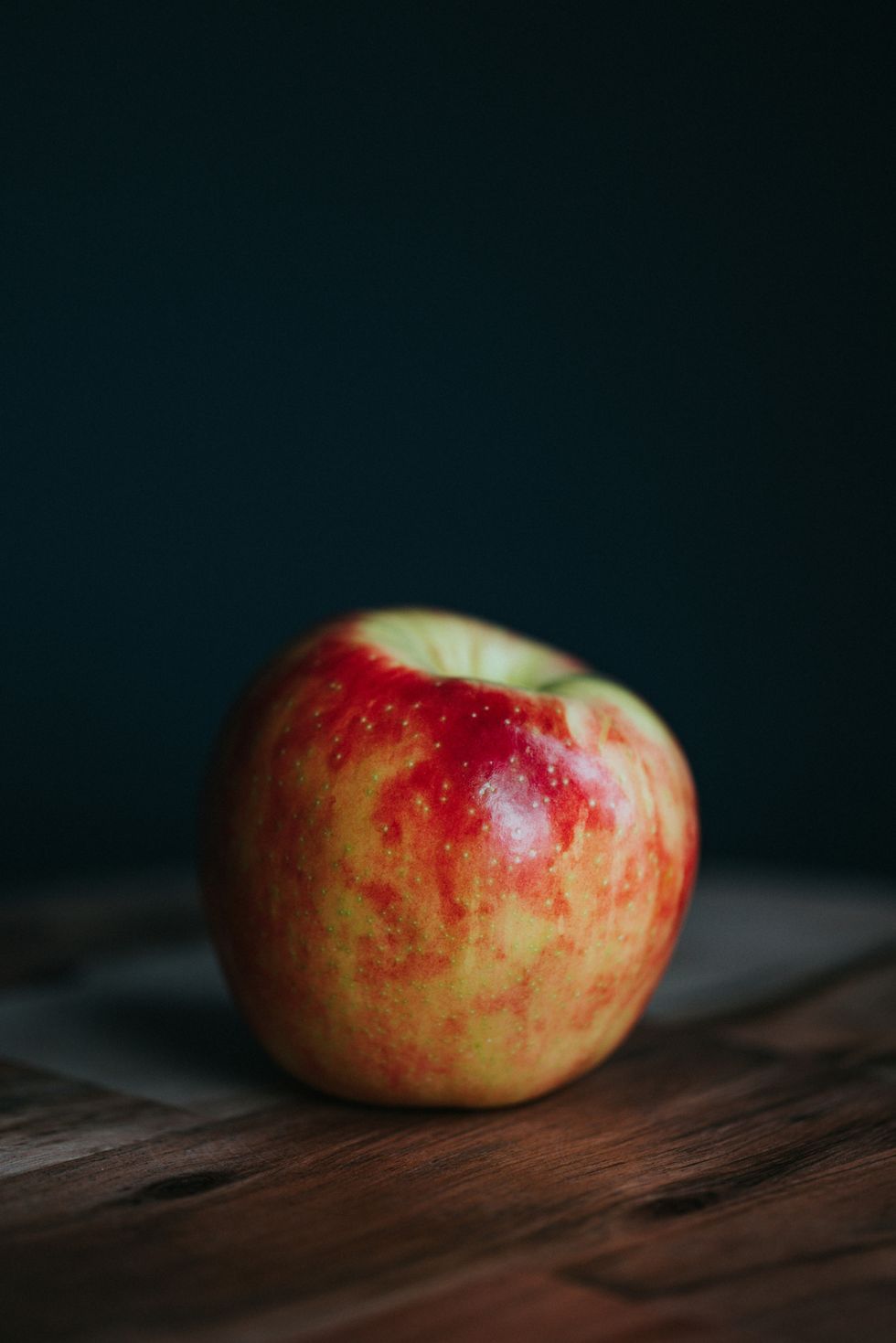
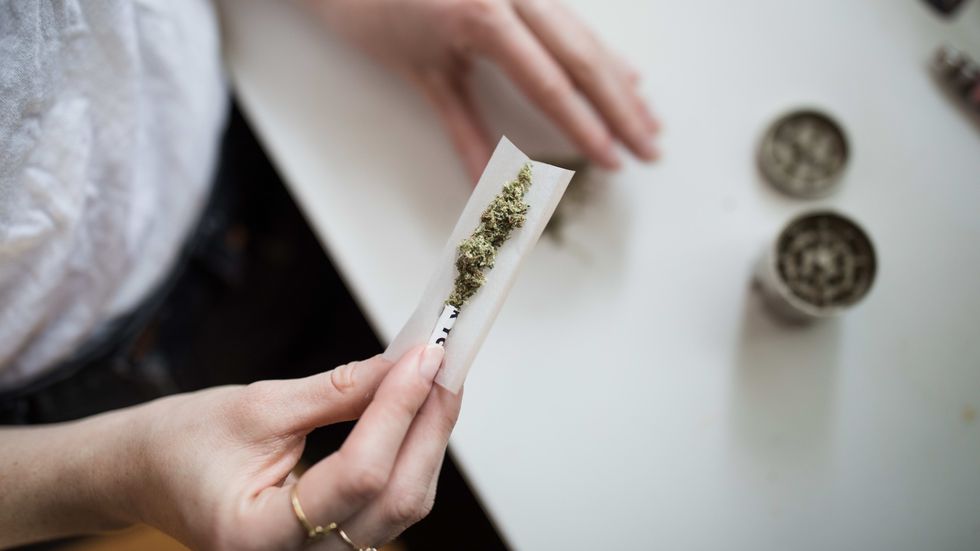 The Best Weed Smoking Games to Try
The Best Weed Smoking Games to Try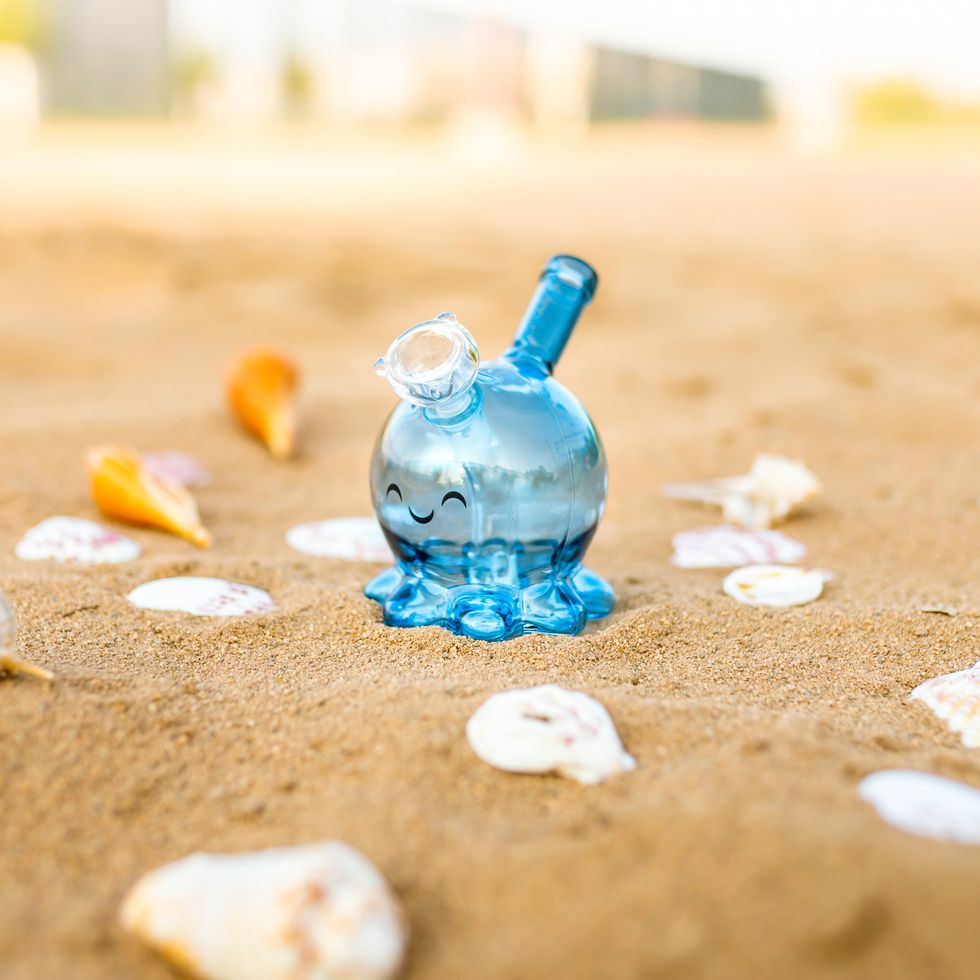
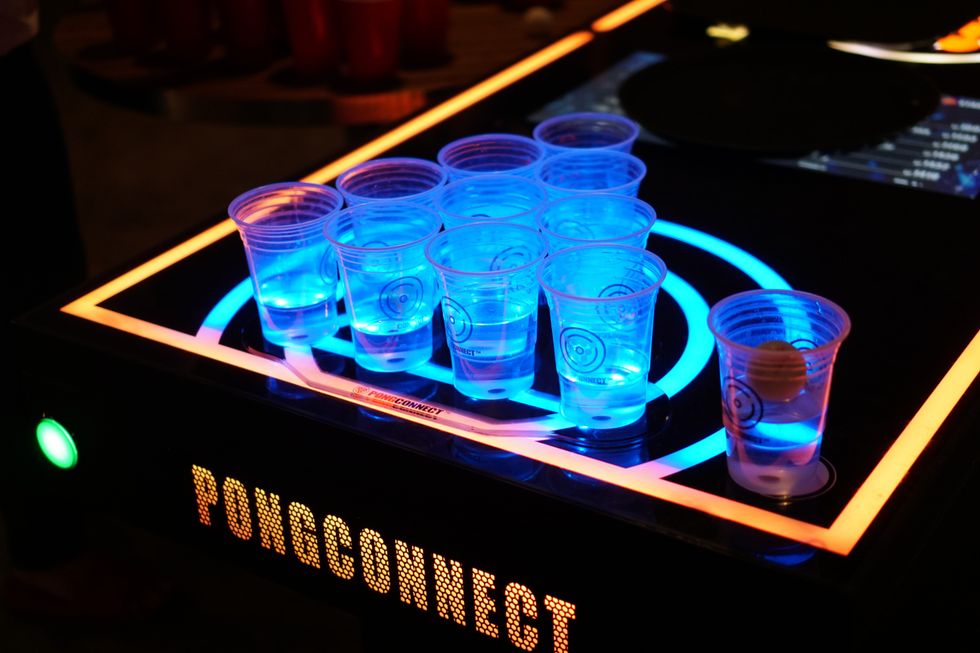 The Best Weed Smoking Games to Play
The Best Weed Smoking Games to Play The Best Weed Games to Play
The Best Weed Games to Play The Best Weed Smoking Games to Try
The Best Weed Smoking Games to Try The Best Weed Smoking Games to Play
The Best Weed Smoking Games to Play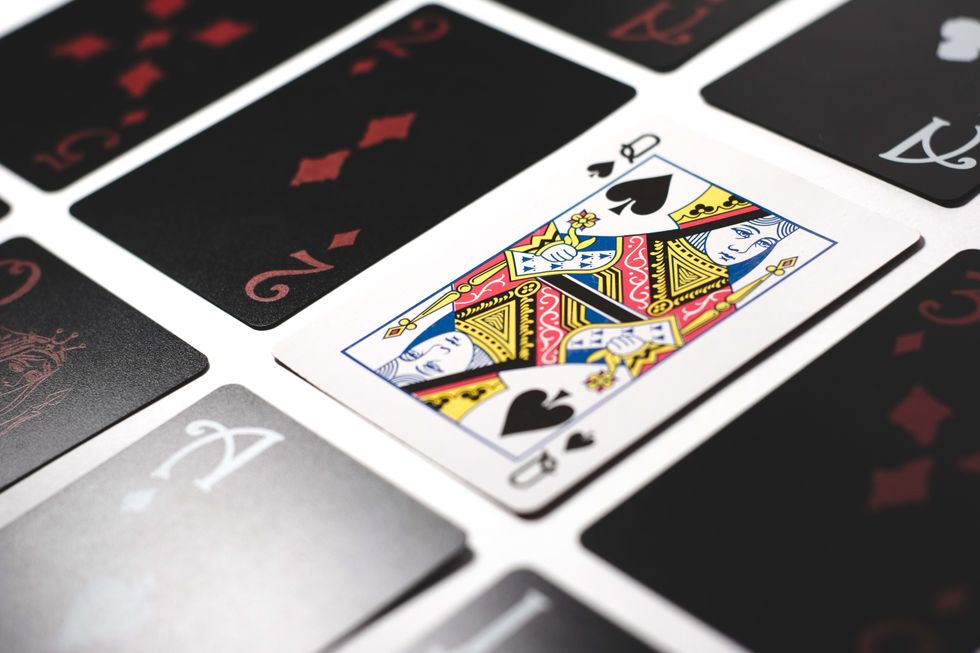 The Best Weed Smoking Games to Try
The Best Weed Smoking Games to Try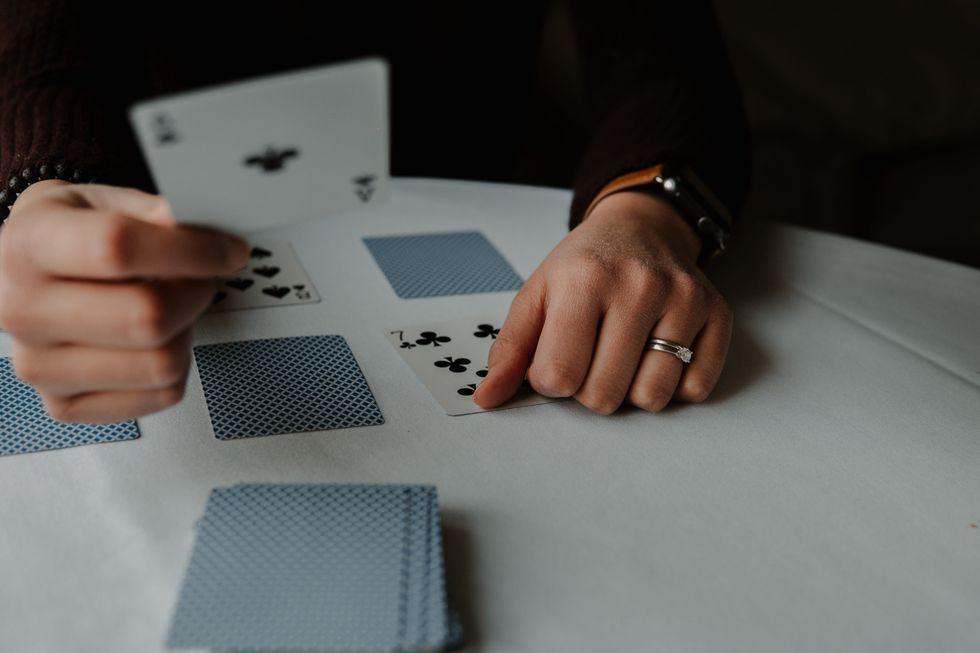 Games for Stoners
Games for Stoners 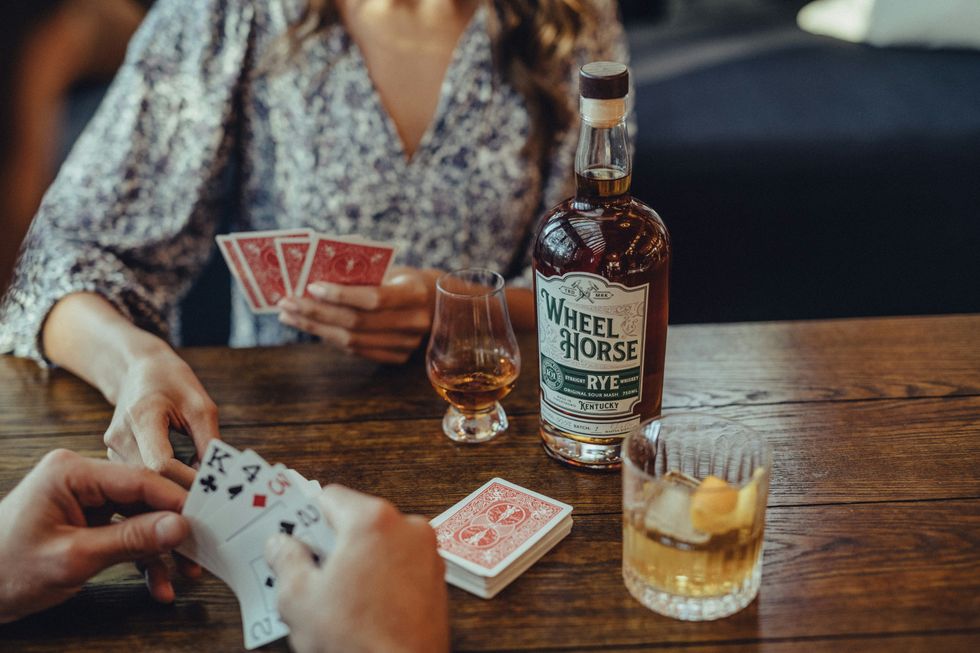 woman in white and blue floral shirt sitting beside woman in white and black floral shirtPhoto by
woman in white and blue floral shirt sitting beside woman in white and black floral shirtPhoto by 
 The Best Weed Smoking Games to Play
The Best Weed Smoking Games to Play
 The Best Weed Smoking Games to Try
The Best Weed Smoking Games to Try The Best Weed Smoking Games to Try
The Best Weed Smoking Games to Try world map with pinsPhoto by
world map with pinsPhoto by 
 The Best Weed Smoking Games to Try
The Best Weed Smoking Games to Try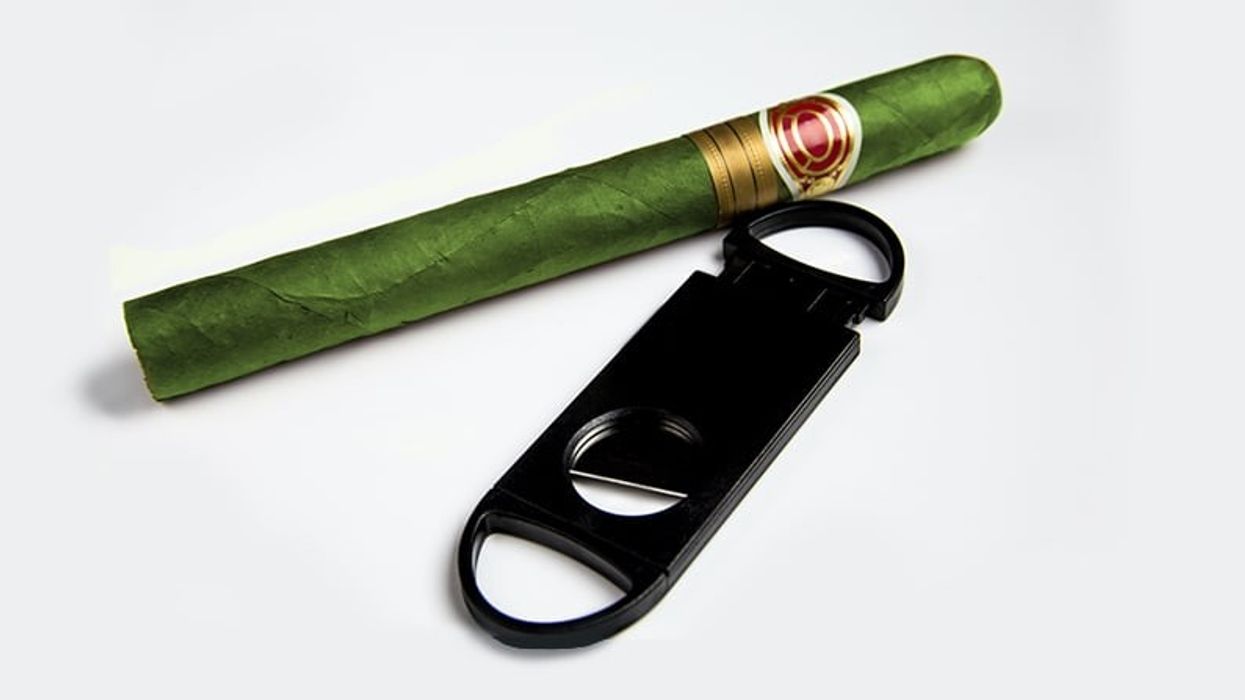
 How to Make a Cannagar Without a Mold: A Comprehensive Guide - The Bluntness
Photo by
How to Make a Cannagar Without a Mold: A Comprehensive Guide - The Bluntness
Photo by